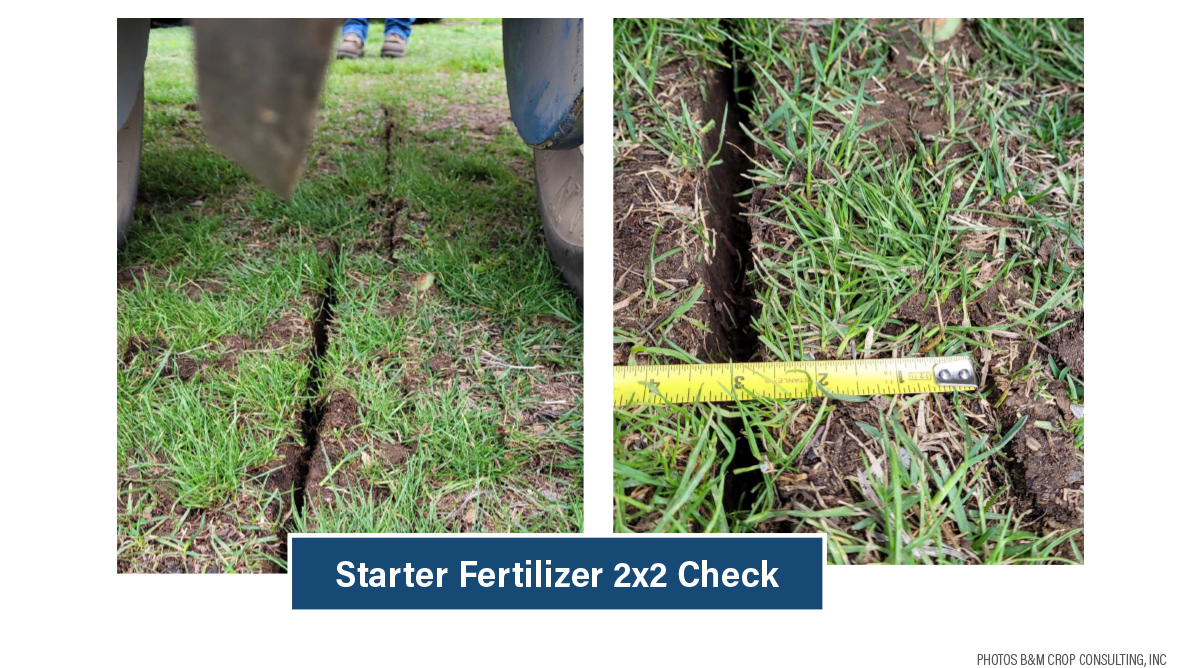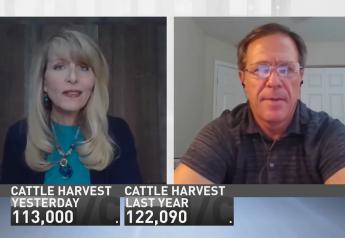Fertilizer Relay System Gives Corn a Big Push Out of the Gate
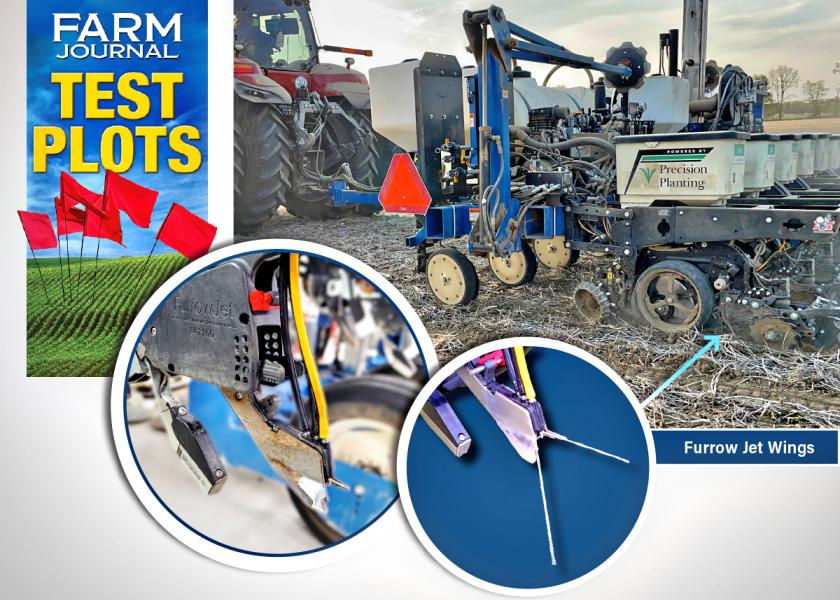
If you value the benefits starter fertilizer offers in corn, you might like the performance of a starter fertilizer relay system even more.
The relay system consists of a two-step fertilizer application strategy at planting, according to Missy Bauer, Farm Journal field agronomist.
The steps are:
- Place a band of fertilizer about 3/4" away from the seed using a FurrowJet. (Note: If a FurrowJet application isn’t an option, a popup/in-furrow application directly above or below the seed can be used in its place.)
- Use a 2x2 starter fertilizer application (2" over and 2" below the seed).
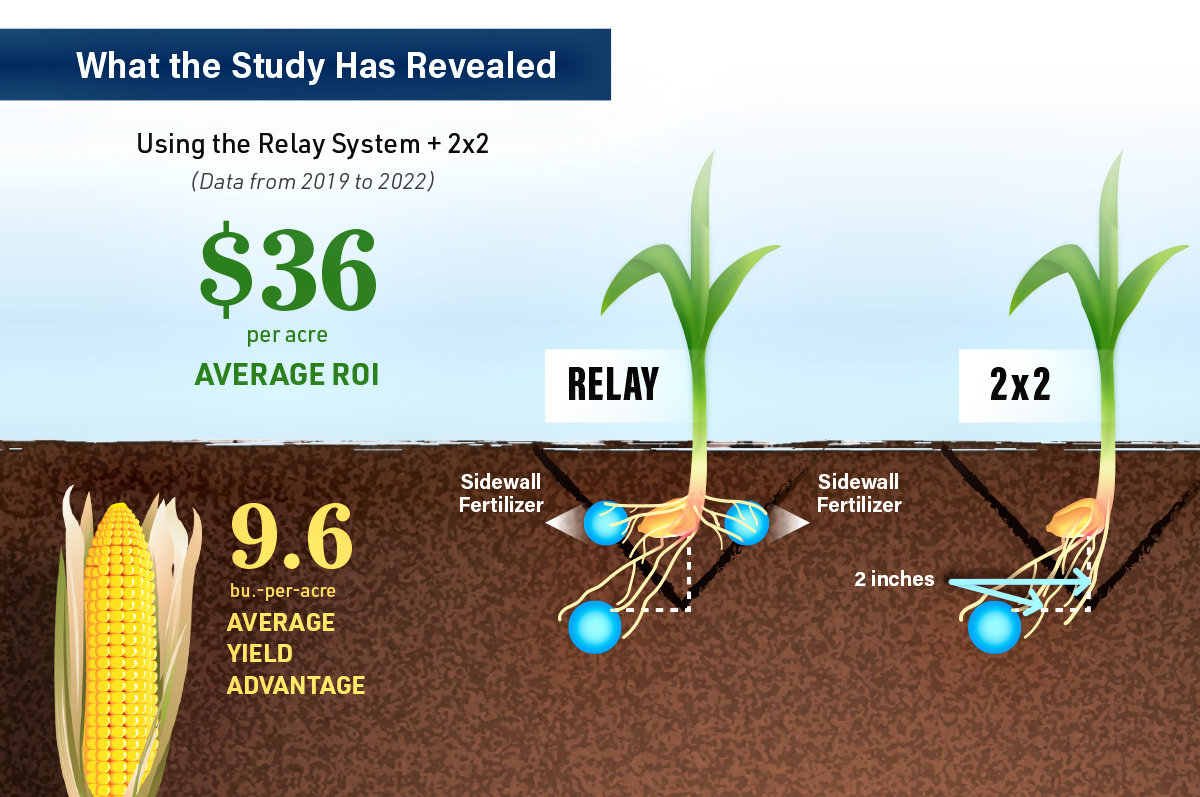
“The close band of nutrition gives corn an initial boost to get out of the ground and growing. Then, there’s the hand off of the plants’ fertility needs — the baton, so to speak — to the 2x2 fertilizer application,” Bauer says.
Test-plot data from the past four seasons (2019 to 2022) have shown a consistent 9.3-bu.-per-acre average yield advantage when adding the relay system with the FurrowJet compared to the 2x2 application alone, says Bauer, who’s based in south-central Michigan, near Coldwater.
Even with the increase in fertilizer costs during the past few years, Bauer says the economics have consistently favored using the relay system versus 2x2 starter fertilizer alone.
“We saw $36-an-acre return-on-investment using the relay system last year,” she says. “If the 10-34-0 price settles down, we’ll have even more of a jump in profitability.”
Bauer has tested a variety of products and use rates, and she prescribes the following recommendation as one proven strategy for the relay system.
FurrowJet Application
For the FurrowJet, she recommends using 3 gal. to 4 gal. of 10-34-0 in the wings, along with zinc.
“The FurrowJet slices through the side of the V-trench with its wings,” Bauer says.
The other option is to go with a popup/in-furrow application. If this is what you choose, use 3 gal. of a high-quality, low-salt fertilizer.
“With an in-furrow application, we need a high-quality product with little chance of burning to occur,” she adds.
Bauer says she believes the FurrowJet application performs better, but that a popup/in-furrow application will still provide good results.
2x2 Application
Include nitrogen, phosphorus, sulfur and zinc in the 2x2 application. One combination Bauer is comfortable recommending is:
- 8 gal. 28%
- 4 gal. 10-34-0
- 3 gal. ATS with zinc

“We need to keep the 2x2 application, because the volume of fertilizer is really important to support and sustain corn growth,” she says. “We also need to be able to include sulfur in the application because it’s no longer available in adequate levels from the atmosphere. Sulfur is a good fit in the 2x2 because you have some soil between it and the seed.”
Bauer has evaluated fertilizer as far as 3" from the seed but says results favor closer placement.
Advanced Maturity
When weather conditions are cold and wet after planting, it results in slow corn emergence and growth.
The relay system can help offset those factors for farmers who are more patient with planting timing and wait until soil temperatures and heat unit forecasts are favorable for uniform emergence, Bauer notes.
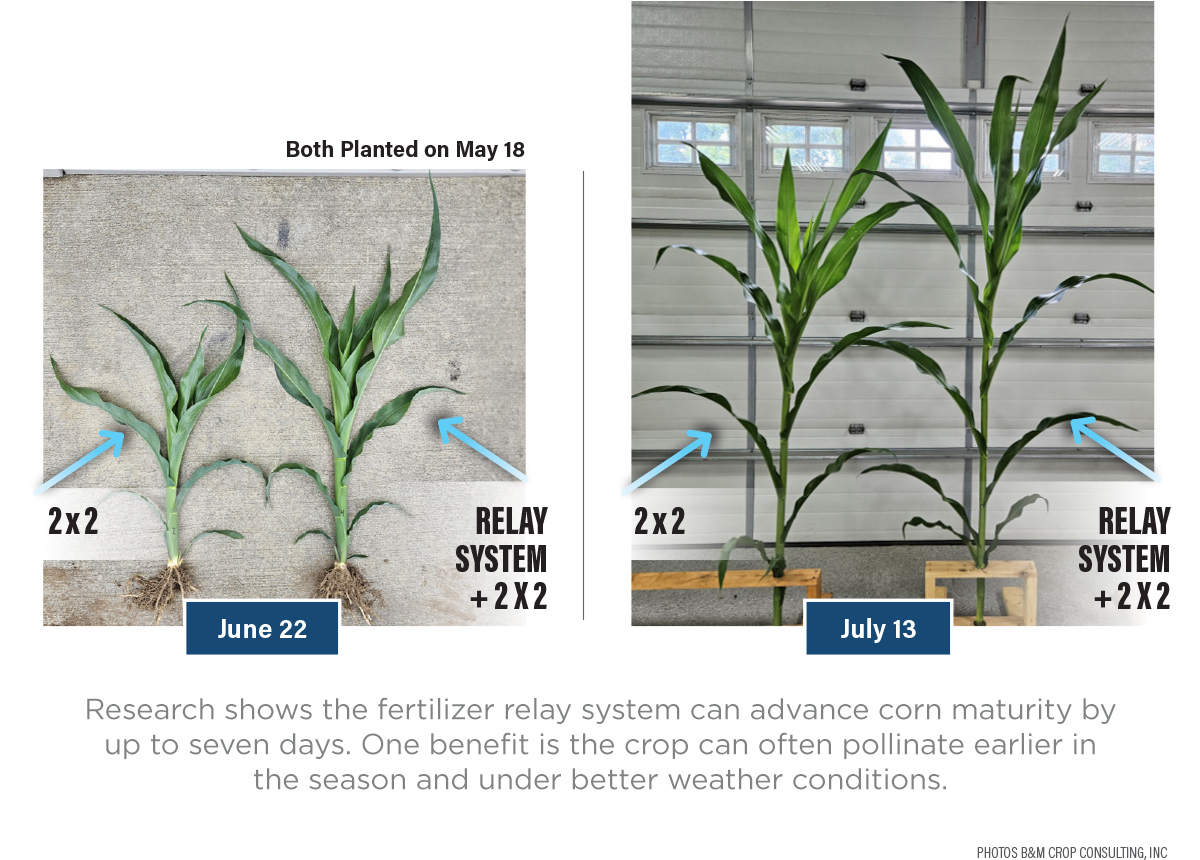
“While that means farmers might have a later planting date, the advancement in maturity with the relay system helps us gain some of that time back,” she says.
Typically, advancing maturity allows for corn pollination earlier and under better weather conditions.“In some cases we’ve advanced maturity by seven days,” she adds. “The amount of advancement we get varies depending on the season and weather.”
Application Placement
Bauer encourages growers to make sure the location of the FurrowJet/in-furrow and 2x2 application placements are accurate. Inaccurate placement could cancel any benefits.
“Being a dry spring, we went on more starter burn calls this year than we have in a long time, so make sure you’re checking placement positioning,” Bauer explains. “Don’t just assume your placement is correct. We often find coulters are not at the proper placement.”
